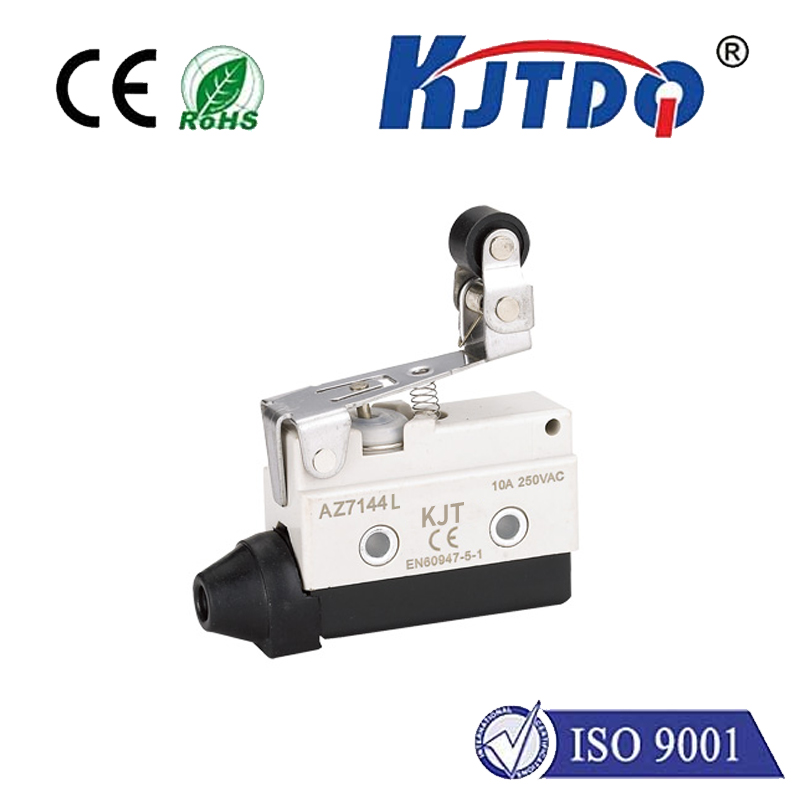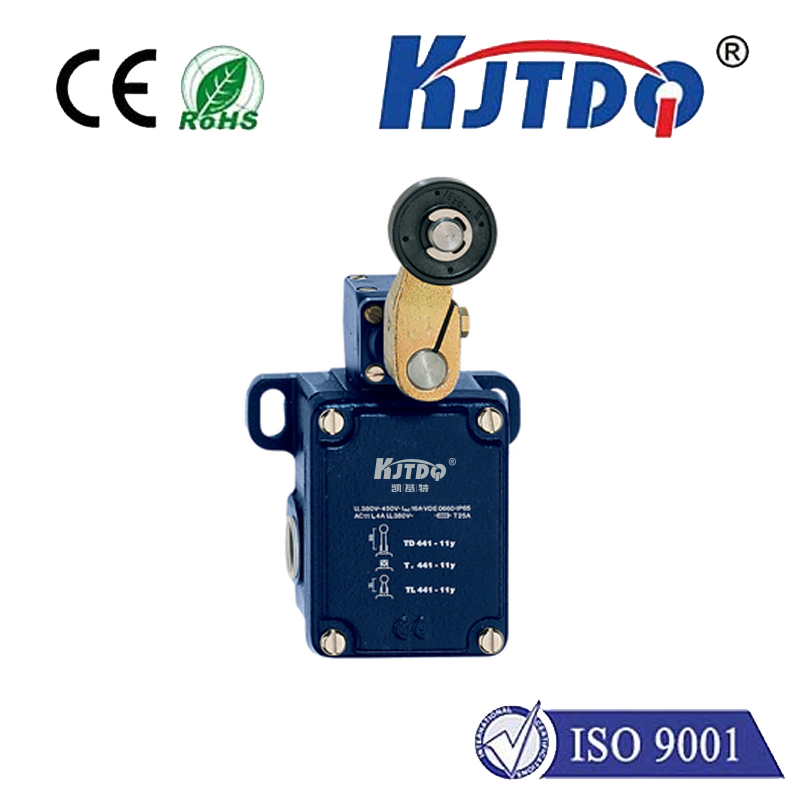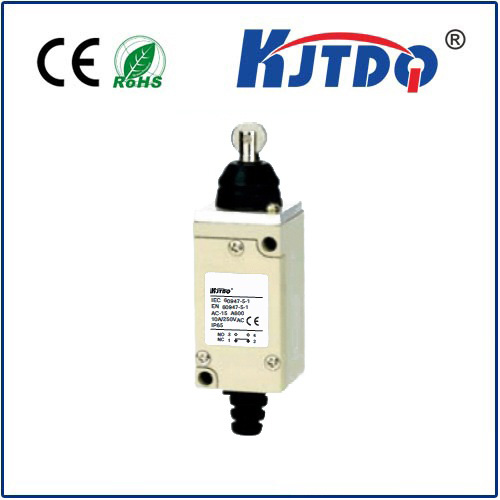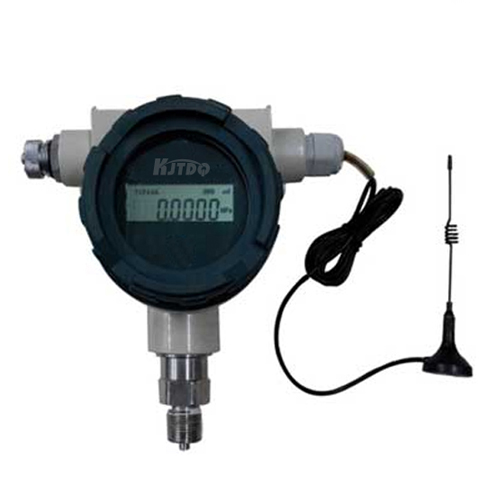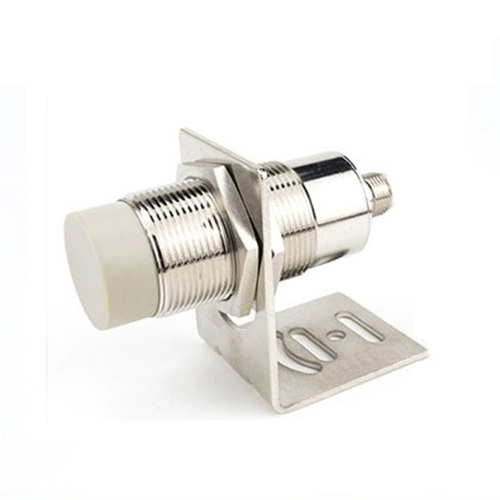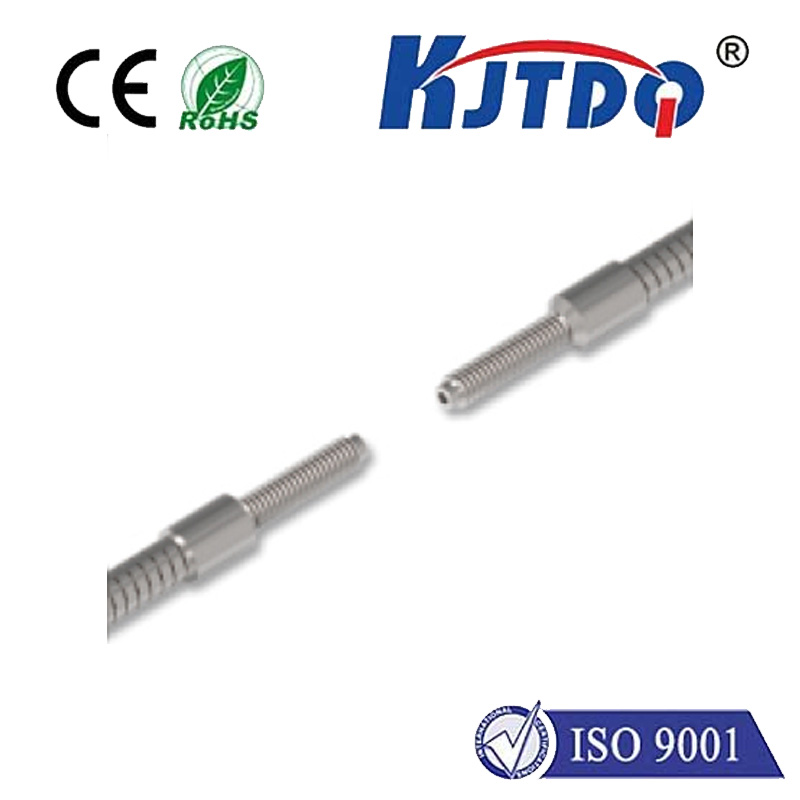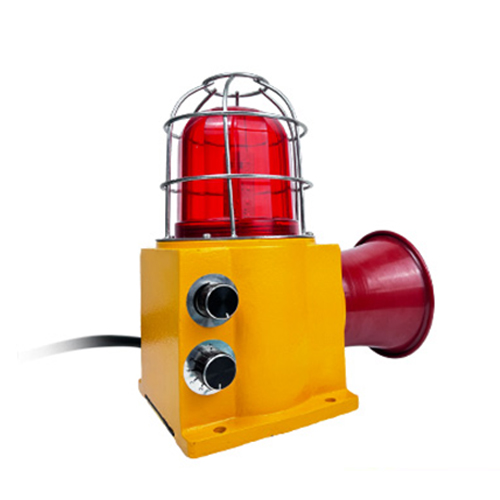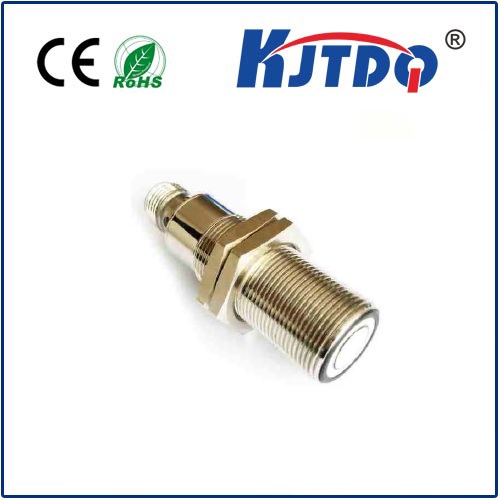E3T-SR43 2M fiber optic photoelectric sensor
- time:2025-09-27 07:30:47
- Click:0
E3T-SR43 2M Fiber Optic Photoelectric Sensor: Sensing the Unseeable in Demanding Environments
In the intricate world of industrial automation, reliably detecting objects – especially tiny, transparent, or challenging ones – is fundamental. Sensors are the eyes and hands of the machine, feeding critical data that keeps processes running smoothly, safely, and efficiently. Among the diverse sensor technologies available, photoelectric sensors are workhorses. However, standard variants often struggle in cramped spaces, harsh conditions, or when dealing with minuscule targets. This is precisely where the E3T-SR43 2M fiber optic photoelectric sensor shines, offering a powerful and adaptable solution for complex sensing tasks.
Think of the E3T-SR43 not just as a sensor, but as a sophisticated extension cable for light itself. Unlike self-contained photoelectric sensors, it leverages fiber optic technology to separate the light-emitting and receiving elements (housed in a separate amplifier unit) from the tiny sensing point. The “E3T-SR43” designation specifies the particular fiber optic unit designed for thru-beam sensing. The “SR” indicates a Separate Receiver fiber style, meaning one fiber carries the emitted light to the target, and a separate, parallel fiber carries the reflected light back to the receiver. The “43” often relates to specifics like beam type or lens characteristics. Crucially, the “2M” denotes the 2-meter length of the fiber optic cable connecting this sensing head to its amplifier. This separation is its superpower.
Why Choose Fiber Optics? Key Advantages Unlocked
The unique architecture of fiber optic sensors like the E3T-SR43 provides compelling benefits that solve real-world automation headaches:

- Tiny Sensing Head, Big Impact: The actual sensing tip of the E3T-SR43 is incredibly small. This allows it to be installed in locations that are simply inaccessible to bulkier standard photoelectric sensors. Think inside machinery, alongside miniature components on an assembly line, or on robotic arms with severe space constraints.
- Immunity to Electromagnetic & Radio Frequency Interference (EMI/RFI): Fiber optic cables transmit light, not electrical signals. This makes the sensor head and connecting cable intrinsically immune to electrical noise, common in environments buzzing with motors, welders, or variable frequency drives (VFDs). Reliability isn’t compromised by noisy electrical backgrounds.
- Resilience in Extreme Environments: The sensing head, lacking electronics, can withstand conditions that would damage conventional sensors. It performs reliably in environments characterized by intense vibration, significant shock, extreme temperatures (both high and low within its rated specs), and exposure to certain chemicals or oils.
- Precision Detection of Small & Challenging Objects: The focused light beam delivered through the small fiber core enables highly precise detection. The E3T-SR43 excels at identifying:
- Minute parts: Screws, pins, tiny electronic components.
- Transparent objects: Clear bottles, glass vials, plastic films.
- Objects with low reflectivity: Dark or matte-finish items.
- Targets in confined spaces: Directly on small conveyors or within fixtures.
- Safety in Sensitive Applications: Because only low-power light travels through the fibers, there’s no risk of sparking. This inherent safety makes fiber optic sensors suitable for potentially hazardous or explosive atmospheres where intrinsic safety is paramount.
The Crucial Role of the 2M Cable
The specified 2-meter cable length is not arbitrary; it directly impacts the sensor’s application flexibility. This length:
- Provides Necessary Reach: Allows the amplifier unit (where the electronics reside) to be mounted remotely in a cleaner, cooler, and more accessible control panel or cabinet, away from the potentially harsh environment where the sensing head operates.
- Offers Mounting Versatility: Engineers gain significant freedom in routing the cable through machinery frames, cable carriers, or tight pathways to position the sensing head exactly where it’s needed.
- Balances Practicality and Cost: While longer fiber runs are possible (often requiring more powerful amplifiers), 2 meters strikes an excellent balance for many common industrial applications, offering sufficient reach without excessive cost or potential signal attenuation issues associated with much longer fibers.
E3T-SR43 in Action: Real-World Applications
The E3T-SR43’s unique capabilities make it indispensable across numerous sectors:
- Electronics Manufacturing: Detecting the presence of micro-chips on PCBs, verifying insertion of tiny connectors, sensing transparent films used in displays, and monitoring lead frame positions with exceptional precision.
- Packaging & Filling: Ensuring transparent bottles are present before filling, detecting labels on clear containers, verifying cap placement, confirming foil seal integrity, and checking for filled levels in glass or plastic containers.
- Small Part Assembly: Reliably detecting minuscule components (springs, washers, O-rings) during automated assembly processes, verifying placement in intricate assemblies, and monitoring feed channels in vibratory bowls.
- Textile & Web Handling: Monitoring thread breaks on looms, detecting edges or splices on transparent films or thin materials, and verifying the presence of labels on fabrics without contact.
- Harsh Industrial Environments: Performing reliably near heat sources (like plastic molding machines), in foundries, on vibrating machinery, or in areas prone to chemical splash or washdown (with appropriate sealing).
Selecting and Integrating the E3T-SR43
Important considerations when using this sensor:
- Amplifier Requirement: The E3T-SR43 fiber unit requires a compatible photoelectric amplifier. Popular choices include Omron’s E3X-DA-S, E3X-DA-N, or E3X-MDA series. The amplifier provides power, sensitivity adjustment, output switching, and status indication.
- Sensing Mode: The “SR” type is primarily for diffuse-reflective sensing using the single sensing head. The light beam is emitted via one fiber bundle; reflected light from the target returns via the other bundle to the receiver in the amplifier. Alignment is simpler than thru-beam.
- Sensitivity Adjustment: Optimizing detection performance, especially for challenging targets like transparent items, often requires fine-tuning the amplifier’s sensitivity settings.
- Mounting & Protection: While robust, the fiber optic cable should be protected from sharp bends (respect minimum bend radius), crushing, abrasion, and excessive pulling strain. Proper cable management is key for longevity. Ensure the sensing head is securely mounted.
Conclusion: A Precision Tool for Demanding Tasks
The Omron E3T-SR43 2M fiber optic photoelectric sensor is far more than just a component; it’s an enabling technology for solving complex detection challenges inherent in modern manufacturing and automation. By separating the sensing function from the amplification electronics via a flexible 2-meter fiber optic link, it delivers unparalleled compactness, resilience, noise immunity, and precision. When standard sensors stumble – constrained by size, overwhelmed by noise, struggling with tiny/transparent objects, or failing in harsh conditions – the E3T-SR43 offers a proven, reliable path forward. Its unique strengths solidify its role as a critical tool for engineers building smarter, more efficient, and more reliable automated systems, capable of literally sensing the unseeable.






